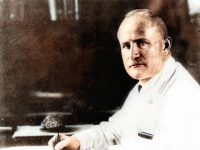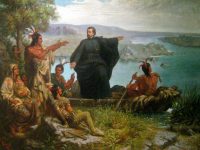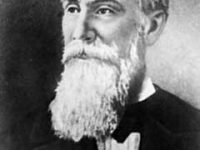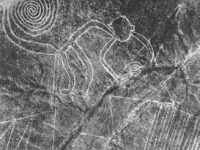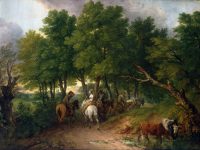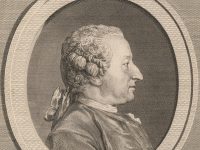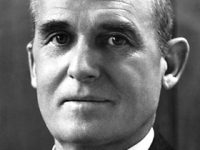Nothing is Stronger than an Idea whose Time has come – The Life of Victor Hugo
On May 22, 1854, French poet, novelist, and dramatist of the Romantic movement Victor Hugo passed away. Hugo is considered one of the greatest and best-known French writers. Outside France, his best-known works are the novels Les Misérables, 1862, and The Hunchback of Notre-Dame, 1831. In France, Hugo is known primarily for his poetry collections. “So long as there shall exist, by reason of law and custom, a social condemnation, which, in…
Read more












